Welding technology is advancing quickly, driven by advances in engineering, material science, and computing. From traditional techniques to robotic automation and artificial intelligence (AI), the industry is constantly evolving to meet the demands of various industries. In this article, we will explore the latest trends in welding technology, their benefits and limitations, and how they are transforming welding as we know it.
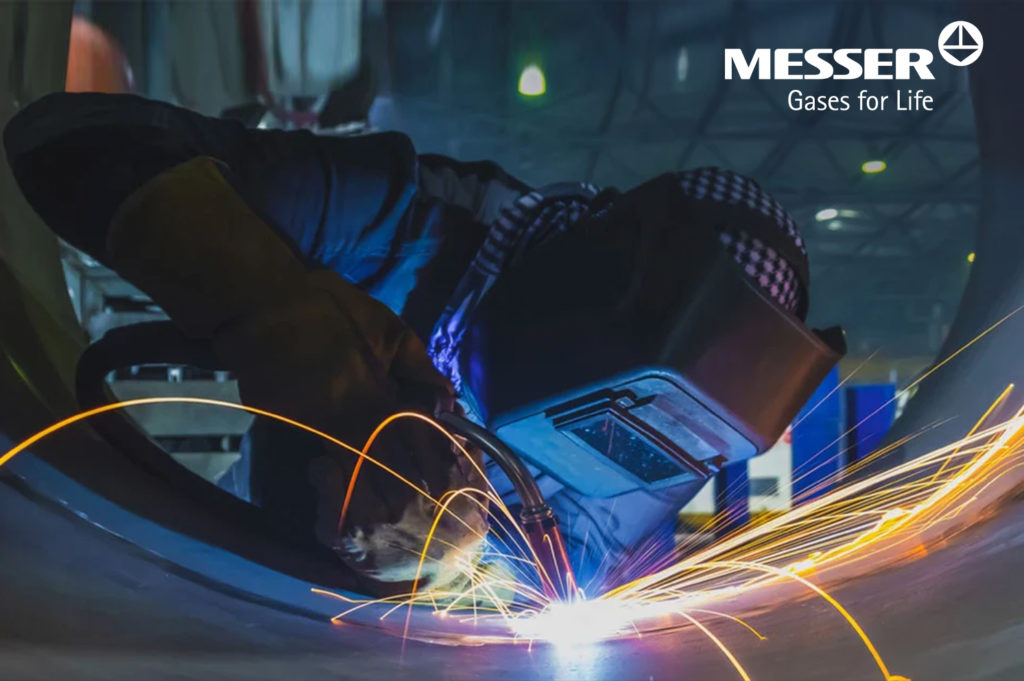
Welding is the process of joining two or more pieces of metal or thermoplastics. It has been an essential part of manufacturing and construction for centuries. Welding plays a critical role in various industries such as automotive, aerospace, construction, and infrastructure. With advancements in technology, welding has become more efficient, precise, and versatile.
Welding technology has evolved significantly over the years, from manual methods to automated processes. Traditional methods such as gas welding, stick welding, MIG welding, and TIG welding are still widely used today, albeit with some technological updates. With technological advancements, welding has expanded to include state-of-the-art techniques such as plasma welding, laser welding, electron beam welding, and friction-stir welding.
Welding is a crucial component of many industries. For example, in the automotive industry, welding is used to join body panels, exhaust pipes, and batteries. In aerospace, welding is used to join engine parts, wings, and fuselage. In construction, welding is used to join structural elements, walls, and roofs. Effective welding contributes greatly to the performance, quality, and safety of manufactured products.
Traditional welding techniques include gas welding, stick welding, MIG welding, and TIG welding. Each method has its advantages and limitations, depending on the type of material and the application.
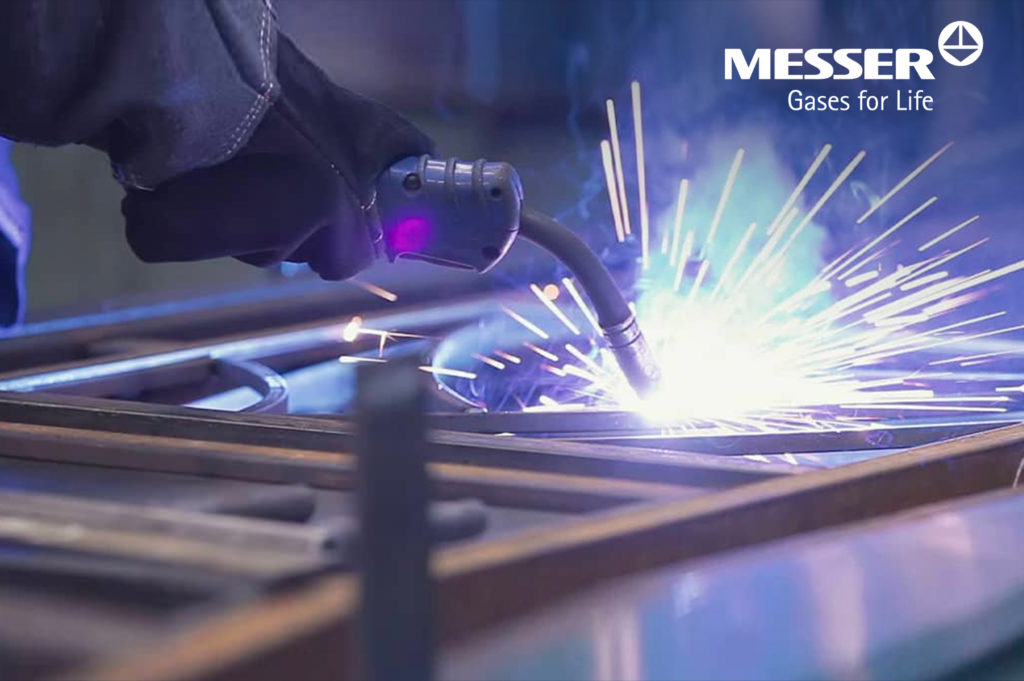
Gas welding involves heating two pieces of metal with a flame generated by a fuel gas such as acetylene and then applying a filler rod to create a fusion weld. It is primarily used for non-ferrous metals such as aluminum and copper. However, it is a relatively slow process, and the joint might not be as strong as other welding techniques.
Stick welding, also known as shielded metal arc welding (SMAW), involves using an electric current to create an arc between the base metal and an electrode. As the electrode melts, it creates a filler material that forms the weld. Stick welding is primarily used in the construction industry to affix steel structures.
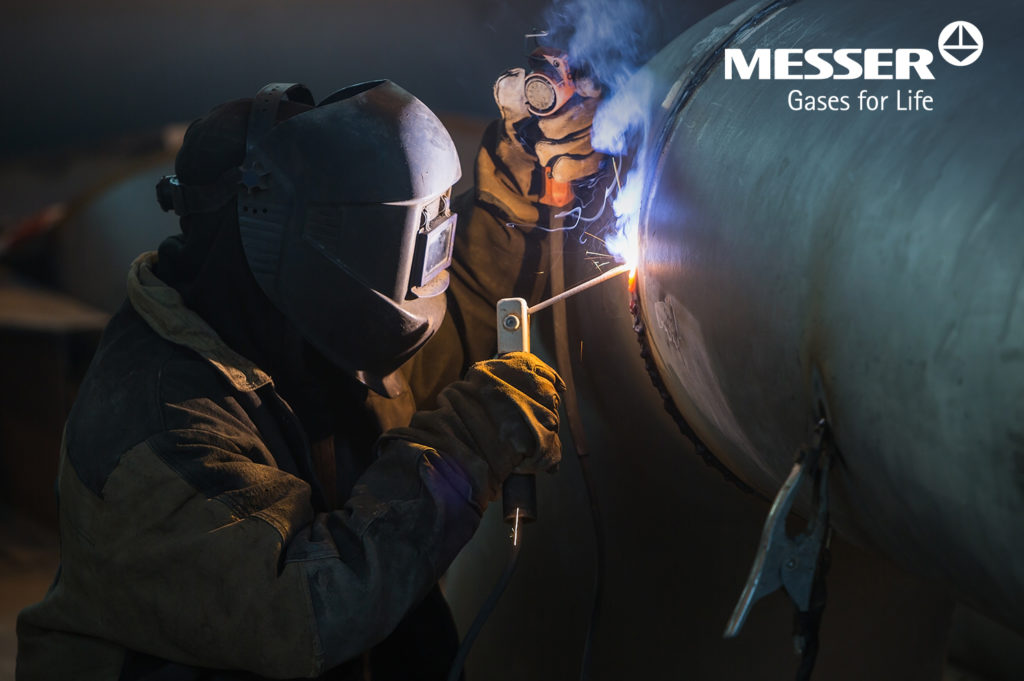
MIG welding, or gas metal arc welding (GMAW), is a semi-automatic process that uses a wire electrode and an inert gas such as argon or helium to create a weld. MIG welding offers several advantages over gas welding, such as higher speed and better penetration. It is widely used in the automotive industry.
TIG welding, or tungsten inert gas welding (GTAW), involves using a non-consumable tungsten electrode to create an arc between the base metal and the filler wire. TIG welding produces precise, high-quality welds and is commonly used in aerospace, medical devices, and precision instruments.
Traditional welding techniques have their advantages and limitations. Gas welding is versatile but relatively slow. Stick welding is cost-effective but labor-intensive. MIG welding is fast and efficient but has limited penetration. TIG welding is precise and produces high-quality welds but is relatively slow and requires extensive training.

Advancements in welding technology have introduced new and innovative techniques, including plasma welding, laser welding, electron beam welding, and friction-stir welding.
Plasma welding is an advanced method that provides four times greater energy density than TIG welding. The process utilizes a plasma gas, which is a high-temperature ionized gas, and is ideal for welding thin materials.
Laser welding is a high-energy, precise welding technique that uses a focused beam of light to melt and join metals. It is primarily used in the aerospace and medical device industries.
Electron beam welding is a high-precision welding method used in the aerospace, defense, and nuclear industries. It uses a highly concentrated beam of electrons to melt metals, creating a precise and strong join.
Friction stir welding is a solid-state welding technique that is ideal for materials that are difficult to weld with conventional methods, such as aluminum and other nonferrous alloys. The technique uses a non-consumable rotating tool to create heat and pressure to weld materials.
New welding techniques offer several benefits, including increased efficiency, precision, and versatility. However, they can be costly to implement and often require specialized training. They also may not be appropriate for all types of materials and applications.
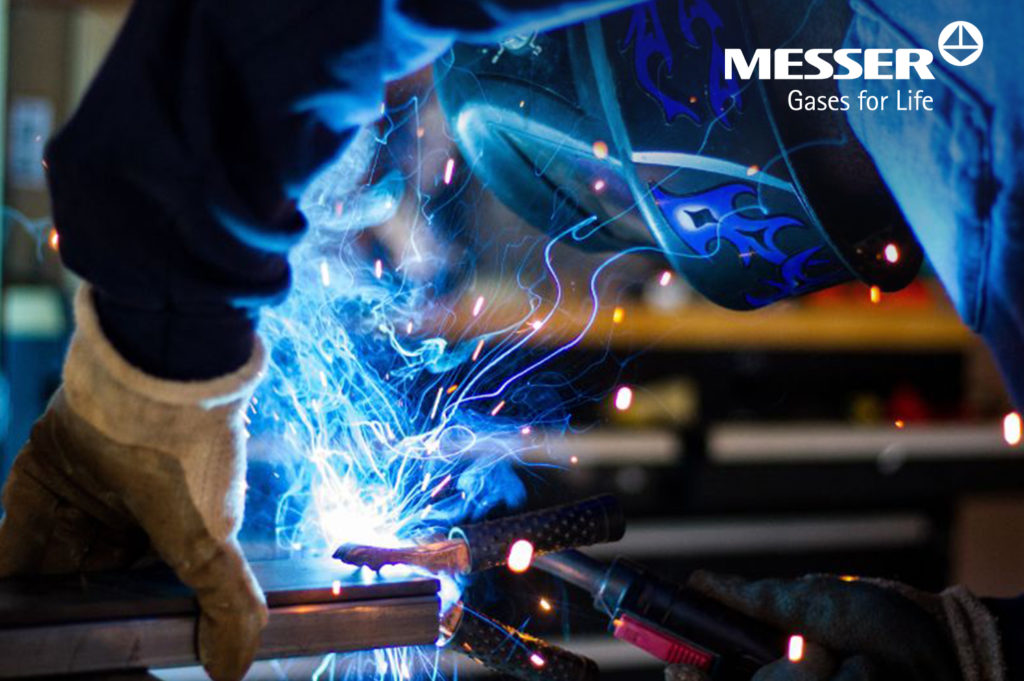
Automation and robotics are changing the landscape of welding, improving productivity, accuracy, and safety.
Industries are realizing that robots are a highly cost-effective solution, especially in mass production as they are capable of operating efficiently without errors.
Hàn robot phù hợp nhất cho các mối hàn ngắn với các nhiệm vụ có thể lặp lại và có thể dự đoán được để chúng không phải lập trình lại liên tục.
There are various types of welding robots, including articulated robots, cartesian robots, gantry robots, and cylindrical robots. Each type of robot has its advantages and limitations, depending on the application.
Welding robotics offers several benefits, including higher productivity, improved quality, and greater flexibility. They also help maintain a safe working environment by removing workers from hazardous conditions.
Welding automation is expected to continue to play a significant role in the future of welding technology. Advanced robotics and AI technologies will lead to increased productivity, reduced costs, and improved quality.
AI in welding involves the use of algorithms, sensors, and machine learning to optimize the welding process. It can help identify defects, adjust welding settings, and predict future welding needs.
AI in welding has several applications, such as the automated inspection of welds, predicting weld quality, and optimizing welding parameters.
AI in welding offers several benefits, including increased efficiency, reduced waste, and improved quality. Its limitations include the cost of implementation, the complexity of the technology, and the need for specialized training.
Augmented reality (AR) is transforming the welding process, enhancing worker safety, and improving efficiency.
AR in welding involves the use of a head-mounted display or a projection system to overlay digital information on the physical welding environment.
AR in welding offers several benefits, including enhanced worker safety, increased efficiency, and minimized errors. trong hàn mang lại một số lợi ích, bao gồm nâng cao độ an toàn cho người lao động, tăng hiệu quả và giảm thiểu sai sót.
AR in welding is still in its early stages, and the cost of implementation can be high. It also requires specialized training for workers, and the technology is susceptible to ambient light conditions.

Welding technology has developed rapidly to improve production quality and reduce costs. However, welding techniques are inseparable from protective gas. With innovative research and continuous development along with a team of experienced experts, we expect to become a reputable and trustworthy companion of our customers..
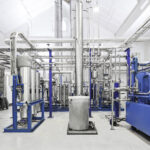 Messer ra mắt chương trình mới của ZeCarb: “Thu hồi carbon dưới dạng dịch vụ” April 26, 2024
Messer ra mắt chương trình mới của ZeCarb: “Thu hồi carbon dưới dạng dịch vụ” April 26, 2024
 Hiệp hội Khí Công nghiệp châu Á tại Việt Nam nhận Bằng khen của Bộ trưởng Bộ Công Thương March 29, 2024
Hiệp hội Khí Công nghiệp châu Á tại Việt Nam nhận Bằng khen của Bộ trưởng Bộ Công Thương March 29, 2024
 Công nghệ Oxyfuel – thế mạnh mới với hydro March 22, 2024
Công nghệ Oxyfuel – thế mạnh mới với hydro March 22, 2024
 Gases for Life March 14, 2024
Gases for Life March 14, 2024
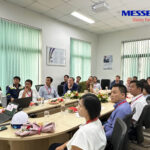 Messer Dung Quất chào đón đoàn đại biểu Hiệp hội doanh nghiệp Đức đến thăm và làm việc March 14, 2024
Messer Dung Quất chào đón đoàn đại biểu Hiệp hội doanh nghiệp Đức đến thăm và làm việc March 14, 2024
Do you have questions regarding Messer products, services and technology applications?
We are always ready to support